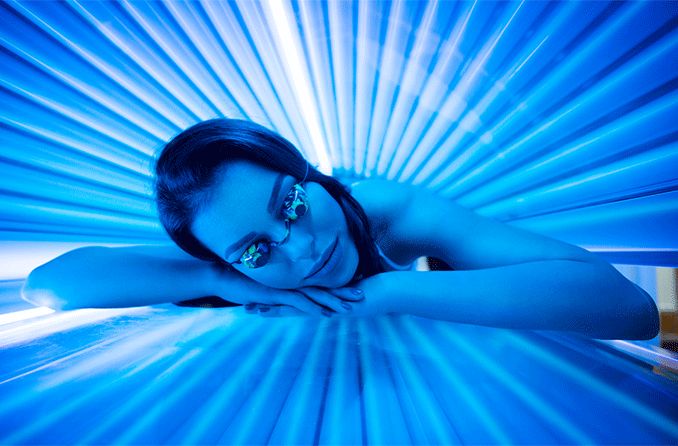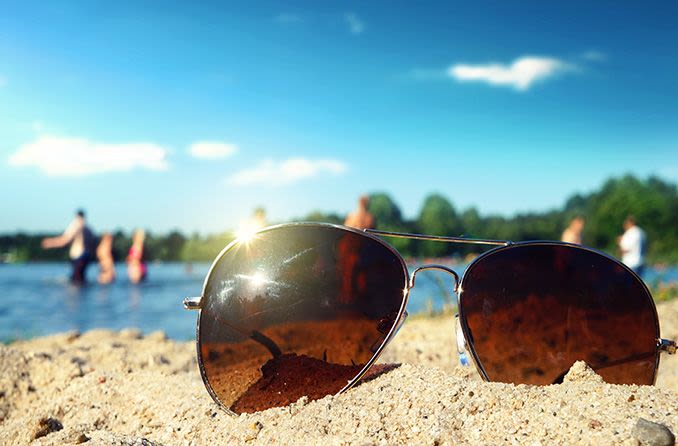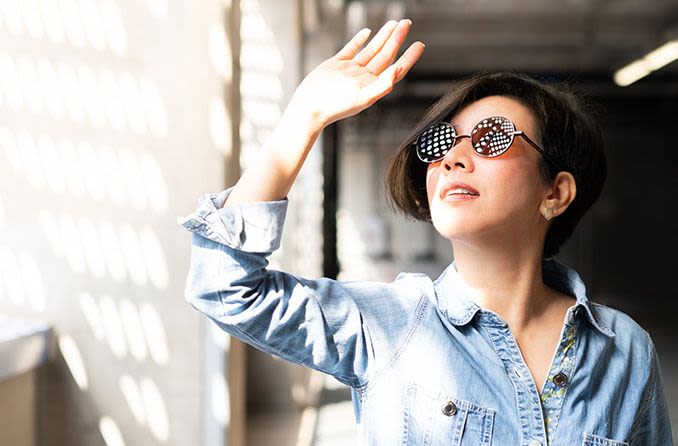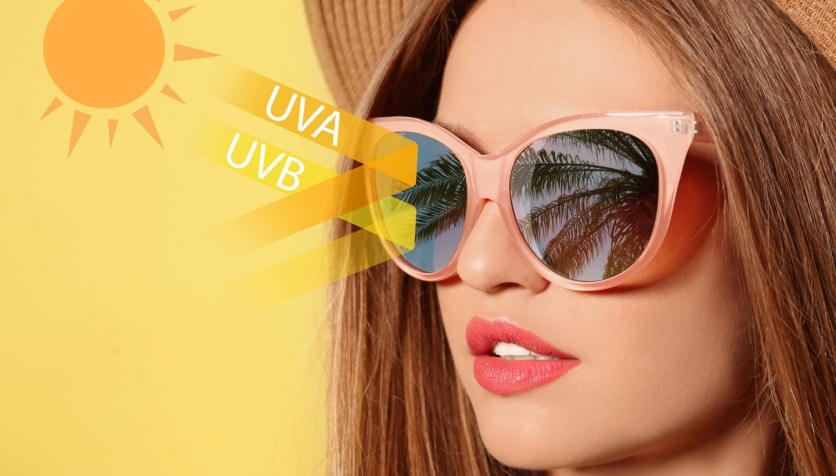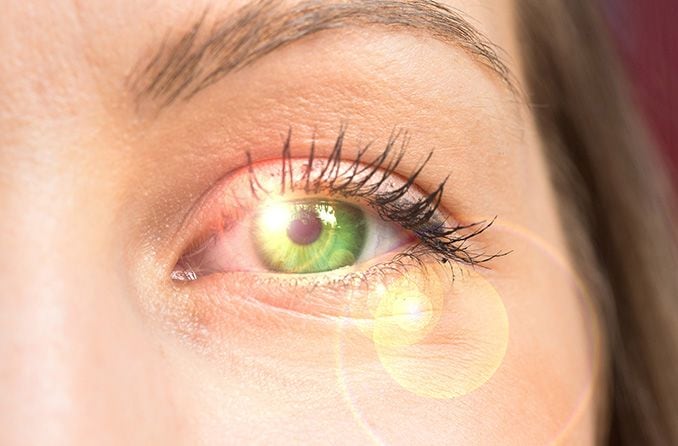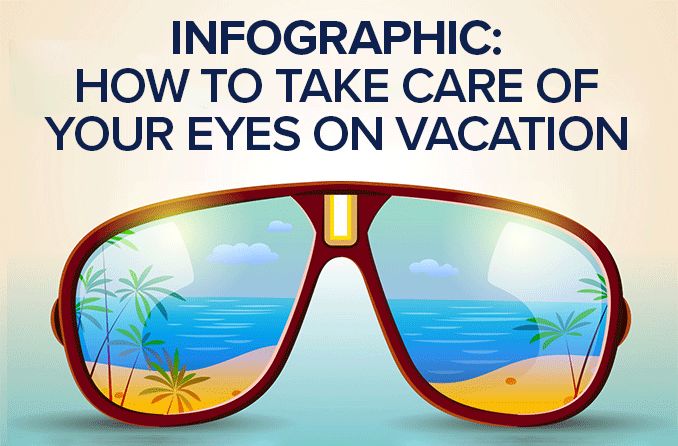Why is ultraviolet light hazardous?
Ultraviolet light from the sun triggers chemical reactions when it touches human tissue. Some reactions are good for you: UV light tells the skin to produce vitamin D, which strengthens bones and prevents a bunch of health problems. (Note: You only need about 15 minutes of sun exposure two or three times a week to get all the natural vitamin D your body needs.)
Short-term exposure to the sun tells the body to release melanin, which causes the skin to darken. Skin with high melanin content has better defenses against UV light — but that protection goes only so far.
The longer you’re exposed to ultraviolet light, the greater the chance that UV radiation will set off a chain of reactions that leads to skin cancer or other problems. By contrast, using sunscreen with a sun protection factor (SPF) of 15 or more will reduce your risk of:
- Squamous cell carcinoma by about 40%.
- Melanoma by 50%.
- Premature skin aging by 24%.
Skin cancer is easily prevented: Cover your skin and apply sunscreen to exposed areas and you’ll go a long way toward reducing your cancer risk.
SEE RELATED: 7 best sunscreens that won't burn your eyes
